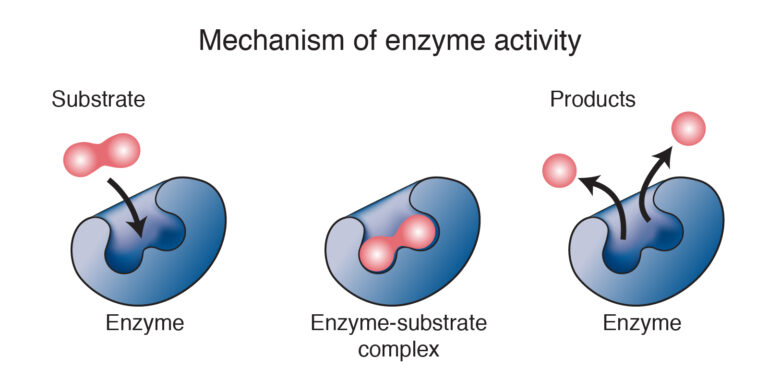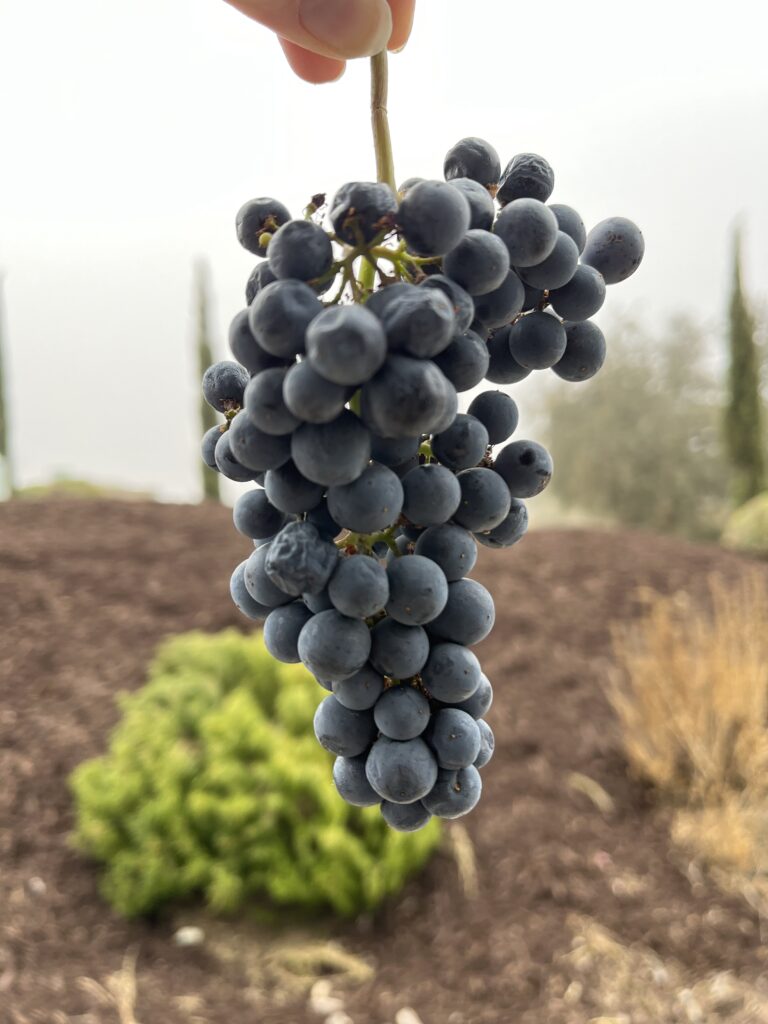AP vs Custom Crush
Dracaena Wines is part of an AP [alternating proprietorship]. What this means is that we don’t have our own physical building. Instead, two or more wineries share (alternate) use of part of a bonded winery’s facility. Both the host winery and the individual wineries using the facility are actual bonded wineries. We take turns using the equipment but we are responsible for all the taxes, product labels and records of our wine.
In custom crush, a winery holds the single bond and takes orders from clients as to what wine to make. The winery makes the wine and then sells it to the client who then, acting as a wholesaler, resells the wine under their label. The winery producing the wine is responsible for all the product records, labeling and taxes.
Does this really matter to you? I don’t know, but the wording on the label can give you a hint as to the legality of how the wine was made. In my post “Reading the Label” I go into this a bit more.
So What’s With the Tractor Trailer?
As a smaller winery, you use to have two choices: spend a lot of money to have a bottling line in house or hand bottle. For some of the larger production wineries, it makes sense to have a bottling line. However, there are more and smaller wineries opening and a bottling line is huge dollars and hand bottling is time consuming and killer on the arms and shoulders! In order to cut costs, many are now using mobile bottling lines. Let me tell you, if you have some money that you want to invest, and you love the wine industry but don’t think owning a winery is for you, check out mobile bottling. It is a solid investment! Here’s the steps it takes to get the bottle filled.
Line Flush
Since the whole idea of using a mobile bottling line is to save money, there are multiple wines being bottled on any given day. You want to make sure that the wine that was bottled prior to yours does not end up in your bottles. In order to do this, you run empty bottles through the line and you dump what is inside them. As the wine is dumped, you sample it. When its your wine, you start the bottling process.
Sometimes you can rely on your eyes also. If there was a white bottled prior to your red, well, you don’t need to sample anything that is still white or pink, but in our case a Pinot Noir was bottled before so we relied solely on our palates. [You may want to turn the volume down on these videos since they are a bit loud. ]
Nitrogen Flush and Fill
Once we know it is our wine in the lines – we don’t want someone who purchased our Cabernet Franc to open a bottle of Pinot Noir – we can start the bottling process. Basically, in its simplest form, the bottling line is a tractor trailer that has been retrofitted with a bottle line inside. The belt starts at the back of the truck, moves along one side and then loops back to leave through the back of the truck. Immediately upon entering the truck the wine bottle is turned upside down and flushed with Nitrogen. This is to remove all oxygen and any dust.
The next step is the get that lovely juice that has spent two years in barrel into the bottle. Sample fills were previously done to determine how much wine will be placed into each bottle. This is an important process. You don’t want the wine to be filled too high so that when the cork is inserted, you lose wine or an improper seal. Nor do you want there to be too much head space left in the bottle after the cork is inserted.
The bottle then spins through the next section where the cork gets inserted into the bottle. You’ll notice that there is another wheel that the bottles don’t really go through. [after the wheel the bottles get picked up off the track] This wheel is used if you are bottling screw caps. The same basic process happens, but instead of the cork being inserted bottle being lifted up so the cork can be pushed down, the bottle gets spun at high speed to put the screw cap onto the threads.
Capsules and Labels
Once the corks are in, it is time for the capsules to be put on. Each capsule is placed on the neck of the bottle by hand. The bottle is then run through a specialized heating device to get the capsule to shrink and conform to the shape of the bottle neck.
The bottle then continues along the belt into the labeling section. The labels are wound, kind of like paper towels and are placed on a spool. Once again, several test runs were made prior to the start of bottling to make sure that the labels are placed exactly where we want them. It is very important that you know what type of winding the tractor trailer has. Labels can be wound right-handed or left-handed. If you have your labels wound the wrong way, they won’t go on properly and you will spend a huge amount of time and effort unwinding and rewinding them so they are correct. In the video, you’ll see a label with a red ring around it. This is our spec bottle. It’s the bottle that we supplied with the proper alignment.
Box it up; Ready to Go!
Bottling is technically completed at this point. The filled, labeled bottle now just runs down the opposite side of the tractor trailer returning to the back of the truck where each bottle is gently placed in a case box. When the case is filled, it gets sealed with tape and then pushed down a conveyor belt out of the truck where it gets stacked on pallets. It then gets shrink wrapped for safety and moved to the storage facility. In our case, our storage facility is about two miles away from the winery. It is a temperature controlled facility that receives the orders that our customers place. They are the ones who actually ship out your wine.
Now You’re an Expert!
There you have it. The complete bottling line from start to finish. This bottling line was able to complete just under 7 cases of wine per minute. Pretty impressive, isn’t it? It is quite a thing to see live, but I hope the videos and descriptions have given you a feel for how it all works.
Our lovely 2014 Cabernet Franc is now in bottle and is sitting in the warehouse awaiting approval for official release. I can’t guarantee when that will be. Very often when wine is bottled, it goes into a “funk” better known as bottle shock. Some people believe that this is a myth, while other are true believers. I am a believer. I have tasted wines that I believe were in that funk. Mike and I will sample the wine periodically, beginning in about 6 weeks and we will determine when we think it is appropriate to release.
Last year our release date was October 1st and there is some sentimental value to that date for me. So maybe we’ll keep that as our goal date. Who knows, the future is unknown! If you are interested in keeping updated on our new vintage, please sign up for our newsletter. You can either scroll up and share you email with us right under our logo, or you can use this link.
~Sláinte!



Such an interesting post! 7 cases in under a minute…how long did the entire process take? Can’t wait to try the 2014!
Thanks Allison. Including the set up it was just about an hour. Pretty impressive operation.
Just visited Spain where good wine sells for two or three Euros a bottle. Are their land costs that much lower than CA and OR? Will this mobile bottling process bring the price down here.
I really don’t know about their land prices, but that makes a huge difference here in the US. It’s more to do about the fruit prices than land per se. Our fruit in Paso is significantly cheaper per tonnage than in Napa. As for the mobile bottling line, it is an amazing concept and although I really do think it started as an idea to help the smaller boutique wineries, many larger wineries are now using them also.